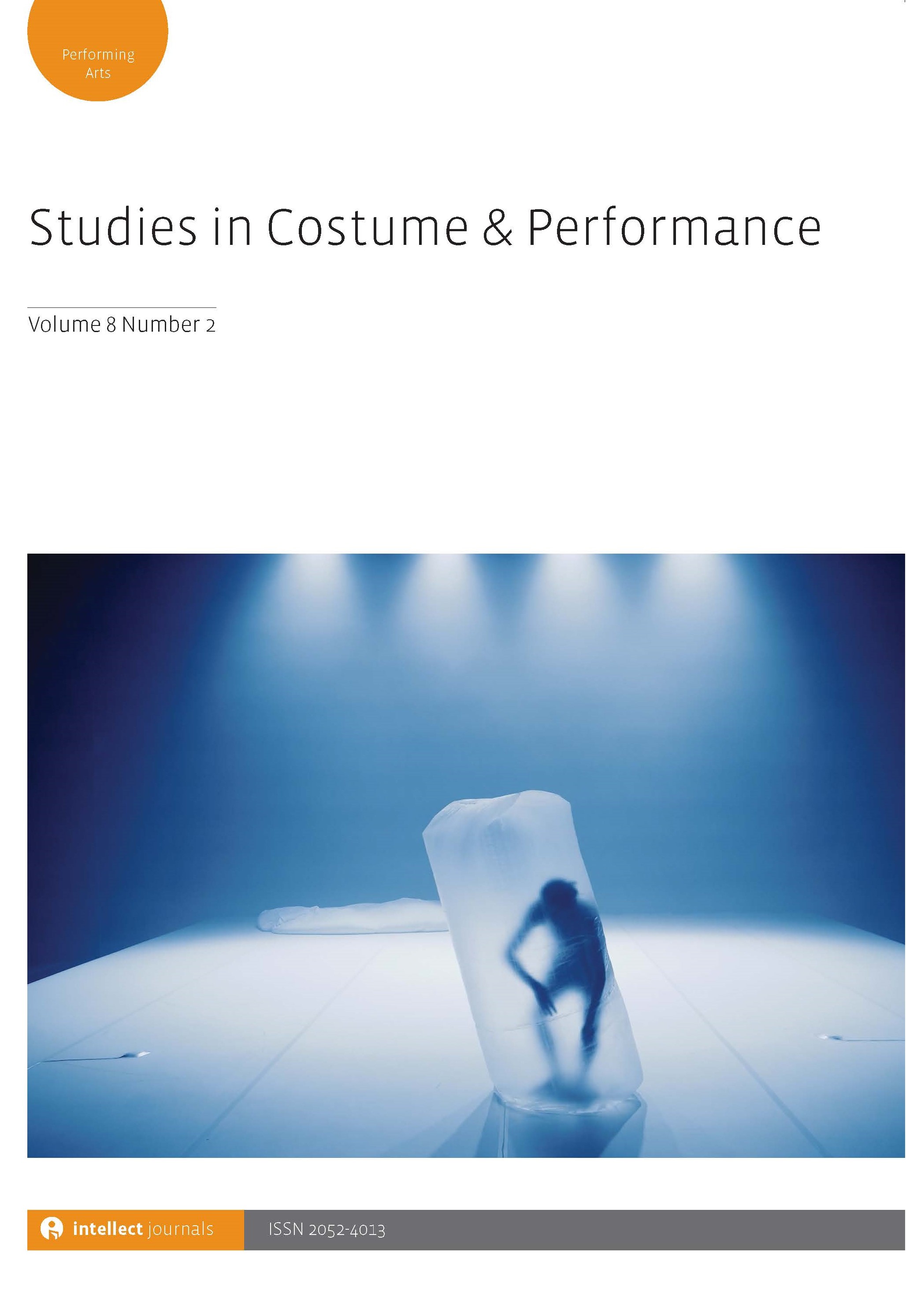
Full text loading...

The character of the femme fatale and the visual style of film noir are vital elements in our understanding of that genre. Film costumes worn by the femme fatale are crucial, and are defining elements in genre recognition precisely because of their explicit cinematic visualization, rather than functioning as unequivocal signs. This article proposes a methodology for film costume researchers to conduct a pictorial analysis, without necessarily analysing film costume in terms of a meaning-making repertoire adhering to our understanding of film as a ‘language’. In the proposition of a framework for the close textual analysis of film costumes, the methodology is based on the triangulation of a shot-by-shot description, a wardrobe breakdown and an examination of production stills. This triangulation is crucial to understand the complexity of film costumes, which are defined by a wide-ranging set of factors such as: the film industry’s mode of production, the film costume’s relation to the fashion of its time, the body and star image of the actor, the work of the costume designer and his/her department, and the film-specificity. The ways in which a film costume functions in a specific shot will prove to be an important tool to analyse the pictorial characteristics of film noir and the femme fatale. To exemplify to methodology, this article proposes a close reading of an iconic film costume designed for one of the best-known performances of such a character, i.e. the white jumpsuit designed by Edith Head for Barbara Stanwyck in the closing scene of Billy Wilder’s Double Indemnity (1944).

Article metrics loading...

Full text loading...
References


Data & Media loading...

Publication Date:
https://doi.org/10.1386/scp.4.1.65_1 Published content will be available immediately after check-out or when it is released in case of a pre-order. Please make sure to be logged in to see all available purchase options.